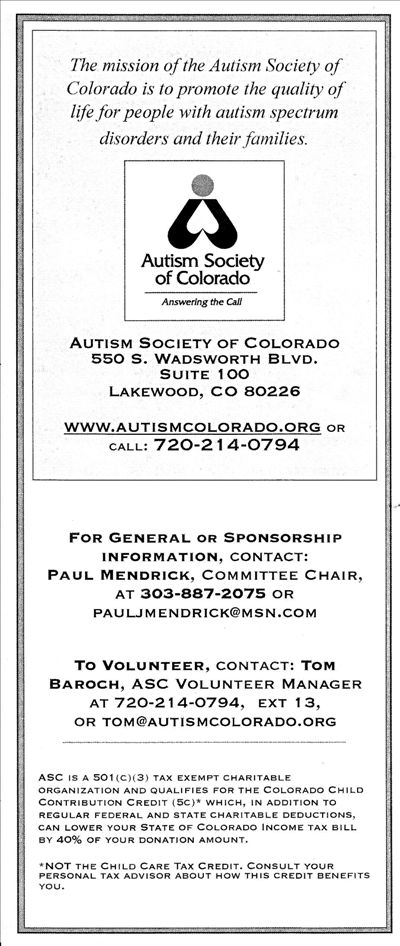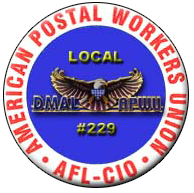|

Page Last Updated: Aug 09, 2021 (06:54:00)
|
|
|
|
|
|
|
|
|
|
|
| Member Resources |
|
|
|
|
|
|
|
|
|
|
| Member Resources |
|
|
Denver Metro Area Local APWU
15677 E. 17th Ave. Aurora, CO 80011 303-365-1524 |

|
